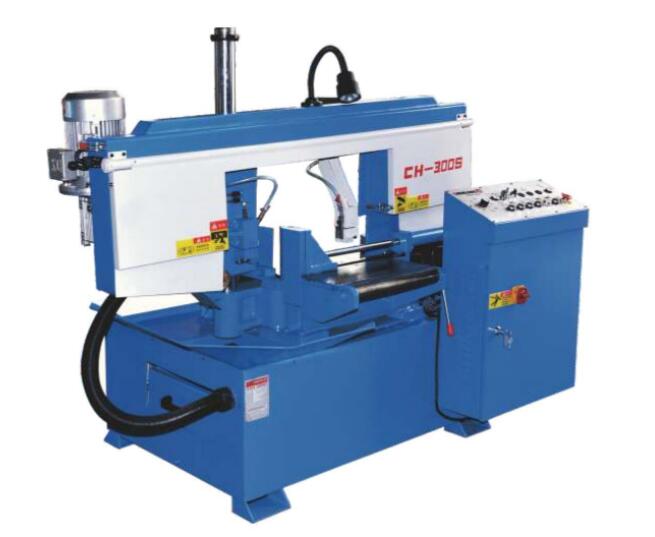
Superalloys have strong anti-oxidation and anti-corrosion capabilities in high temperature environments, and can still maintain their tensile strength in high temperature environments that can make ordinary steel very soft.
Superalloys also have high resistance to pressure, combined with their extreme high-temperature resistance, which makes superalloys an ideal material choice in a variety of harsh environments. The uses of superalloys include:
Nuclear power plant reactor
Gun silencer baffle
Rocket engine thrust chamber
Aerospace facilities and equipment
Heat treatment rack (frame)
Marine equipment
However, the toughness characteristics of high-temperature alloys as high-strength materials and the great internal stress in the material manufacturing process will make this material very difficult to saw, and failure modes such as saw clamping or early tooth tip wear often occur.
In many cases, the cutting layer of superalloy will be work hardened, especially some large superalloys are not suitable for sawing with conventional carbide saw blades. The 700mm*700mm material can only be sawed by a few general-purpose carbide band saw blades, and the sawing failure is either slanting or clamping. When the saw blade appears in the middle of the material, the saw blade has to be cut off manually, the saw blade is knocked out again, and a new saw blade is used for sawing.
To properly saw and process high-temperature alloy materials, it is necessary to be familiar with its processing characteristics and to choose a suitable carbide band saw product to make up for its limitations. The following are the superalloy sawing tips you need to know:
Tip #1: Use a microscope to regularly check the purchased band saw blades and the band saw tooth tips used in the process for excessive wear and chipping of the tooth tips.
The sawing feed for high-temperature alloys is only 3μm per tooth. Once the tooth tip is damaged, it will have a serious impact on the sawing performance. In addition, when processing high-strength materials such as high-temperature alloys, the service life of band saw blades is very short. Even the band saw blades with super-hard tooth tips will become extremely inefficient due to the high surface hardness of the high-temperature alloy. When the superalloy undergoes work hardening, as the cutting heat and cutting force increase, the tooth tips will wear out quickly.
Careful inspection of the quality of the tooth tip of the band saw blade is essential to maximize the processing quality of high-temperature alloys.
Tip #2: Start to improve the cutting performance of superalloys from the smelting process.
The process before sawing eliminates the internal stress of the material to be cut and helps reduce the surface hardness of the material.
It is the best method to start the process adjustment from the molten superalloy, because it helps limit the amount of work hardening, which will reduce the wear rate of the band saw blade tooth tip.
Tip #3: Use high-quality carbide band saw blades for continuous sawing
It is very important to be able to perform relatively efficient, continuous sawing to reduce the processing risk of intermediate processing. Therefore, experts in the manufacture of high-temperature alloys recommend the use of high-performance carbide band saw blades for long-term uninterrupted sawing. For example, the CB-PRO high-temperature alloy sawing special carbide band saw blade of Taijia shares.
Tip #4: Avoid repeated sawing when sawing
When a piece of material cannot be sawed down by a saw blade, and a new saw blade is used for sawing, it must be sawed in a new saw gap, because the layer to be processed under the old saw gap is slow with the duplication of the passivated saw blade. Speed sawing leads to dislocations in the microstructure of the material and then a severe work hardened layer, which will severely wear the tooth tip of the new saw blade.
Tip #5: When mixing with titanium alloy sawing, first cut a 200mm titanium alloy square material, and then perform high-temperature alloy sawing.
First sawing a piece of titanium alloy is equivalent to running-in the tip of the band saw blade. After the running-in saw blade is processed with high-temperature alloy, it is less prone to early tooth chipping, thereby prolonging the life of the saw blade.


